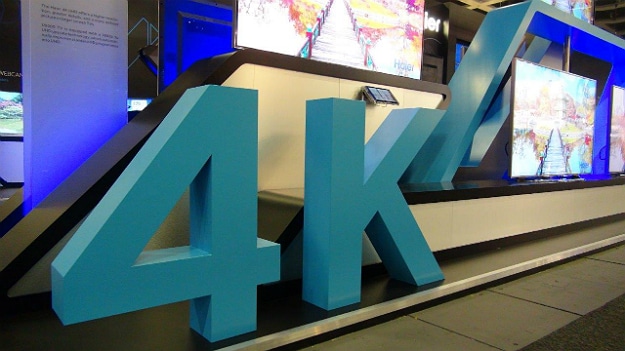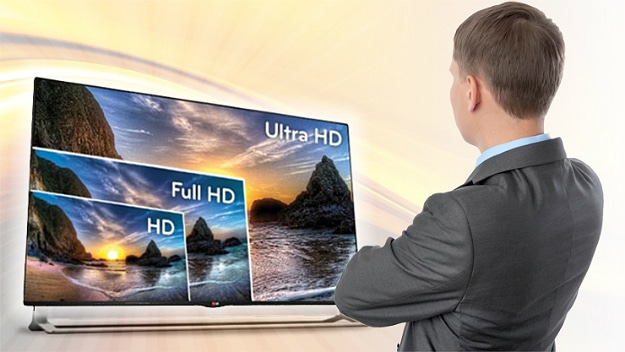In June, rumors began circulating that Chinese phone manufacturer ZTE was preparing to release a smartphone with a 5.5-inch screen capable of 4K ultra HD resolution. Three months later, Sony unveiled the 5.5-inch Xperia Z5 Premium, announcing it as the world’s first 4K smartphone.
Meanwhile, 4K TVs have become one of the hottest-selling items this holiday season, with sales projected to exponentially increase over the next few years. By the end of the year, 4K TV shipments will grow 210 percent over last year to reach 4.4 million and by 2020, half of American homes will own an ultra HD TV. Video marketers should expect that their audiences will soon be viewing content on screens with 4K resolution.
Does 4K Make a Difference?
Some commentators have expressed skepticism that viewers can really see 4K resolution on a small screen. This skepticism stems from Steve Jobs’ 2010 claim that the iPhone 4’s Retina Display had surpassed the limits of the human eye’s capacity to see pixels. Jobs claimed this threshold was around 300 pixels per inch for a screen viewed away.
But researcher Lee Spencer conducted tests for Sharp to test the limits of the eye, and his team’s results disproved Jobs’ claim. Subjects with an average vision above 20/20 who were shown images of different resolutions rated 1,016 PPI images higher than 508 PPI images. Spencer also points out that in addition to detecting resolution, the eye is able to detect other visual qualities such as differences in contrast which are more pronounced in higher resolutions.
So yes, 4K does make a difference. If your video is the only thing on your viewer’s screen that looks fuzzy, your brand will be creating a negative impression on your target market.
Handling 4K Production
To optimize your videos for viewers with 4K screens, you need to shoot your videos with 4K-quality equipment. For many marketers, this raises concerns about increased production costs. Fortunately, shooting in this high resolution shouldn’t involve a significant cost increase.
If you’re hiring a production company to shoot your videos, their crew will already have the latest equipment, so you won’t incur any additional costs for shooting in 4K. If you’re using your own equipment, recent smartphones such as the iPhone 6s and Sony’s Xperia Z5 line come with built-in 4K cameras, or you can get a consumer-friendly 4K camcorder such as the Sony FDR-AXP33 4K Camcorder for between $500 and $1,500, or a professional 4K camera such as the Panasonic Lumix GH4 for as low as $1,200. You may also need to upgrade your computer to handle editing large files. Between camera and computer equipment, WireBuzz estimates that your total cost of upgrading to higher resolution production capability should run no more than $2,500, so you should see a return on investment quickly.
Managing 4K File Size
Delivering ultra HD quality takes up significantly more file space than standard and HD video. To handle editing these large files, try doing offline editing of proxy files, which are lower-resolution copies of your original files you can temporarily substitute while you’re doing your editing in a program such as Adobe Premiere.
After creating your video file, compressing it will make it easier to upload. 4kcentral provides a step-by-step guide to compressing 4K ultra HD to 1080p. To speed up 4K download times for viewers, the industry is developing technologies such as V-Nova’s Perseus, designed to allow 4K downloads on connections as slow as 20 Mbps.
4k Ultra HD Does Make A Difference



COMMENTS